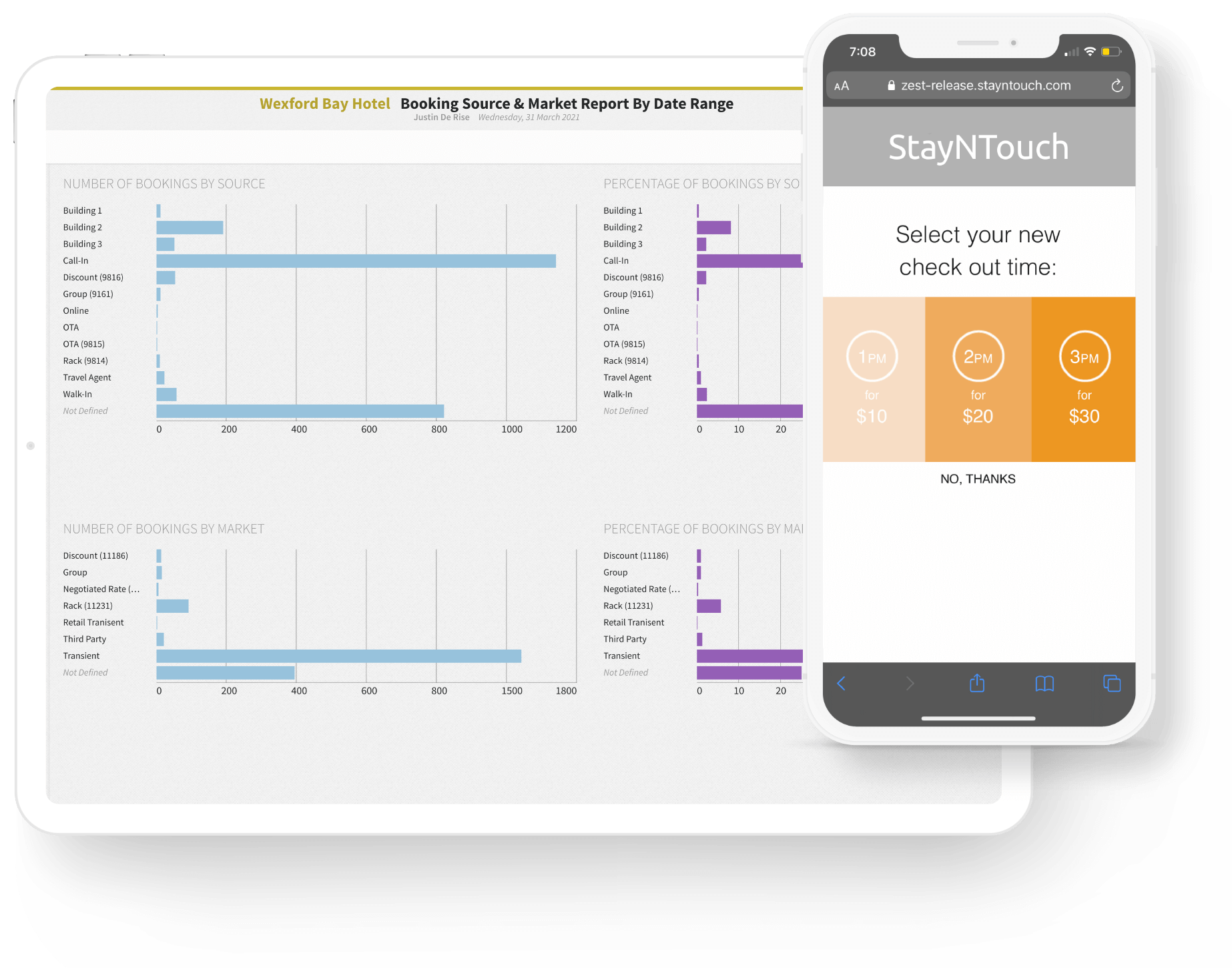Guest post By Douglas Wendt
President, Wendt Partners
There is a fundamental question that the lodging industry has sought to answer for many years. It is a question that appears simple, but leads to many potential answers. The question is:
How can we tailor the lodging experience to support and enhance the different forms of travel that customers are pursuing?
As the nature of travel has become far more diverse, the last two decades have seen a true explosion of flags, almost all of which have been developed to meet a specific, newly emerging or further developed form of travel. From extended stay (Residence Inn) to live/work accommodations (Embassy Suites), and from corporate lodging (ExecuStay) to limited service (Wingate), the industry has continued to develop new brands to refine its focus on each market segment.
But once the mechanics of the hotel’s environment – its room design, amenity package and guest services strategy – are defined, how else can properties position to provide a customized experience for the traveler? The key lies in the intersection of three elements: social media, mobile technology and the untapped potential of the guests themselves.
The industry has long enjoyed the concept of the guest as a contributor to the lodging experience, but has never really found a way to implement the concept convincingly. The baby grand piano in many hotel lobbies looked downright exciting in the property’s marketing materials (usually showcasing a supposed guest who just happened to be tickling the ivories to the enjoyment of fellow travelers) but most collected dust as little more than oversized corner tables. Manager’s receptions are as old as the extended-stay segment itself, but while a core amenity, they have rarely advanced the social beyond a handful of guests staying late to watch a game at the bar. Customer preference programs help somewhat – but still focus on the institution-to-individual relationship, rather than the individual-to-individual one.
And yet, the lodging industry was an early adopter of social media technology, with marketing executives at the corporate and property levels quickly recognizing its potential to enhance customer loyalty and expand market awareness. The industry’s mantra for some time has focused on creating unique experiences – something that flags like Starwood’s W or Marriott’s Renaissance have truly tried to bake into their DNA. But at the end of the day, an experience requires the involvement of people, regardless of how stunning the lobby architecture is, or how accomplished the executive chef in the hotel’s restaurant may be.
Social staying offers the opportunity to bridge that gap, because it provides a means for anonymity to be converted into community. Until now, the only information that a hotel could leverage about its guests was the information the guests themselves shared for the purposes of booking or confirming a stay with the property. Online reviews and social media conversations take this a step further, but do not provide the structured data necessary to drive specific guest experiences. Social staying, on the other hand, allows the hotel to convene and connect guests, without violating the wall protecting a guest’s private relationship with the hotel, and while leveraging additional information that a guest may voluntarily share.
The social connection involves aggregating and utilizing specific data sets that are already present on social media platforms. Guests can connect these platforms, as they do already on a regular basis, and gain immediate insights that will encourage them to share more. If a guest sees that a number of other individuals are getting together informally for a guitar jam or a chat on politics in the lobby bar, then she/he is all that more encouraged to connect with these points of interest – or share additional ones in hopes of creating similar opportunities.
Planned serendipity is the result. It’s planned in the sense that the time, place and framework is fixed – and it’s serendipitous in that it provides the opportunity for making accidental or unexpected connections between people. This is the essence of social staying: it allows guests to have unexpectedly positive individual experiences that they later relate – in a loyal and enthusiastic manner – back to the brand.
The cornerstone of the social staying revolution is that it allows flags to not only create fully formed and structured brand experiences, but now it also allows them to make possible additional, unformed or loosely structured brand experiences as well.
A property may have a traditional wine tasting taking place in the lobby bar – led by a paid sommelier and directly involving a number of key guest services staff – while a discussion about the X Games and extreme sports happens in the back of the dining room – the latter completely organized and self-directed by guests, but made possible by the hotel. This allows hotels to create and support a far wider range of guest interests and preferences without dedicating more staff or necessarily increasing overhead costs.
These kinds of experiences are only a part of the picture, since social staying technology can integrate many other possibilities as well – from concierge recommendations (which can now be intermixed with crowd-sourced ideas shared by fellow guests) to more mundane tasks such as airport transfers. And the possibilities for formal groups (conferences, weddings, seminars) are enormous, since again the technology allows guests to personalize more of their experience without requiring staff to manage every step.
In essence, social staying allows customers to adopt more self-service behaviors, but in a manner that adds value and can increase the high-touch nature of the guest experience. In this manner, guests themselves become brand ambassadors to one another, while the hotel’s professional team manages the assets and sets the stage for guest-initiated or guest-organized actions.
This helps solve one other problem that the industry is aggressively trying to address: The longstanding perception wall between the hotel and the outside world. The traditional guest assumption has been that the hotel, while attractive and well appointed, is nonetheless a sterile and un-authentic location for unique experiences. This has led to the loss of countless dollars from F&B revenue as customers choose to leave the property and ‘experience’ the city around them. The more than the hotel can itself become a part of that experience and engage the guest in authentic experiences, the more dollars will stay on-property.
As a result, progressive properties are actively recruiting freelance workers, small meeting groups and other non-guest populations to use the hotel lobby and gathering areas informally. In January 2013, Marriott International partnered with Liquidspace, a San Francisco-based developer of mobile applications for browsing and booking office or meeting space, to launch Marriott Workspace on Demand. The goal here is to engage nontraditional audiences with the hotel. This not only increases revenues and utilization of space, but also works to break down that ‘perception wall’ between the property and the destination as more and more authentic interaction takes place between visiting guests and local non-guests within the property.
The connecting point here for the social stay is that guest-organized groups, meetings and activities can instantly access, book and utilize hotel resources as the self-service capabilities of the technology expand the guest’s own ability to make the hotel her/his own resource. Instead of checking with the front desk about a meeting, venue, available room or other option, the guest can now – literally – build an instant event, select a space, and even (potentially) share costs for the hotel-provided amenities with other guests (this model is already finding success in the restaurant industry through services such as GrubWithUs).
Social staying truly offers the potential to achieve three business goals for innovative hotel brands: It increases utilization of the property, reduces staff and overhead costs normally necessary to provide a more sophisticated brand experience, and it improves the flexibility and standing of the property’s value proposition among travelers and non-guest populations alike.
By integrating social, mobile and guest engagement, the social stay will finally take the physical assets brands have been investing in for a quarter century, and allow them to achieve their fullest potential.
Douglas Wendt is the founder and president of Wendt Partners, a strategic consulting firm serving the business, travel/tourism and technology industries. For more information, go to www.wendtpartners.com.











